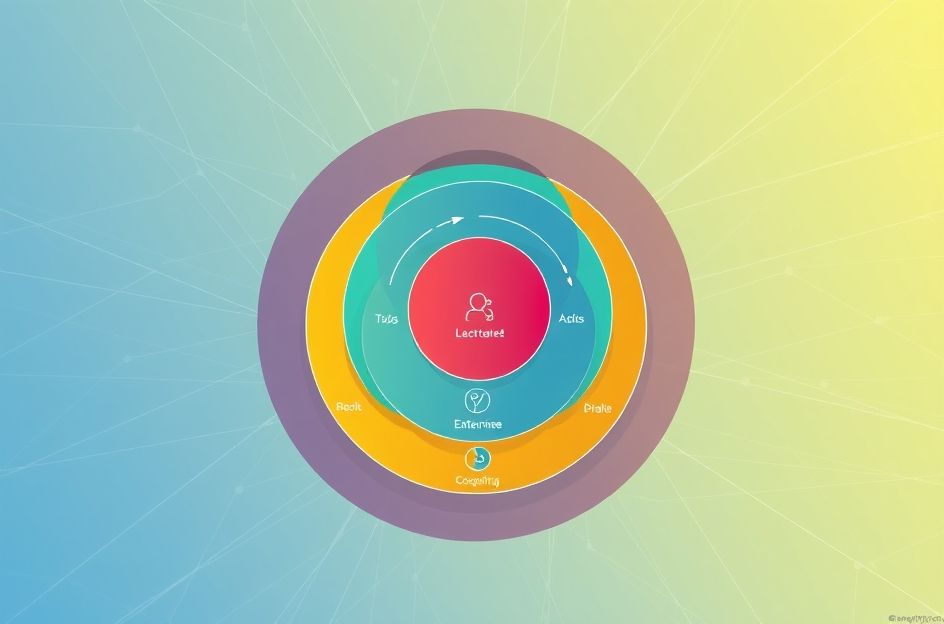The OSI (Open Systems Interconnection) model, developed by the International Organization for Standardization (ISO), provides a conceptual framework for understanding computer networking. Standardized in 1984 as ISO 7498, it outlines a standard for connecting diverse network systems. It doesn’t dictate specific connection methods but defines layers, functions, and services within a network.
The OSI model comprises seven distinct layers, each building upon the services of the layer below and providing services to the layer above. These layers are:
1. Physical Layer: This is the bottom layer of the OSI model. It establishes, maintains, and terminates connections (point-to-point or point-to-multipoint), efficiently allocating communication resources and converting digital data into signals suitable for the transmission medium.
2. Data Link Layer: The Data Link Layer establishes a link between two adjacent network nodes. It defines transmission parameters and detects physical layer errors that it cannot correct. This layer organizes bits into frames and uses MAC addresses for identification. The MAC address enables local device connections, creating the domain for unicast and broadcast transmissions. Bridges and switches operate at this layer.
3. Network Layer: The Network Layer provides the functional and procedural means of transferring variable-length data sequences (packets) from a source to a destination via one or more networks, while maintaining the quality of service requested by the Transport Layer. Routing functions are performed at this layer, utilizing routers that operate here. Routers employ hierarchical addressing schemes. The most prevalent protocol at this layer is the Internet Protocol (IP).
4. Transport Layer: The Transport Layer facilitates data transfer between end users. The primary protocols at this layer are TCP (Transmission Control Protocol) and UDP (User Datagram Protocol).
* TCP: A reliable, connection-oriented protocol. It features flow control mechanisms to prevent the receiver from being overwhelmed with data, ensuring reliable data delivery. Windowing allows the sender to request transmission of more data after a specified number of packets have been acknowledged.
* UDP: An unreliable, connectionless protocol. UDP is commonly used in applications where occasional packet loss is tolerable, such as internet radio, online gaming, and streaming video.
5. Session Layer: This layer manages and coordinates communication between applications.
6. Presentation Layer: The Presentation Layer handles data formatting for application entities. Functions include encryption, decryption, and data compression.
7. Application Layer: The Application Layer provides network services to applications. It’s the layer closest to the end user and provides the interface for applications to access network services.
